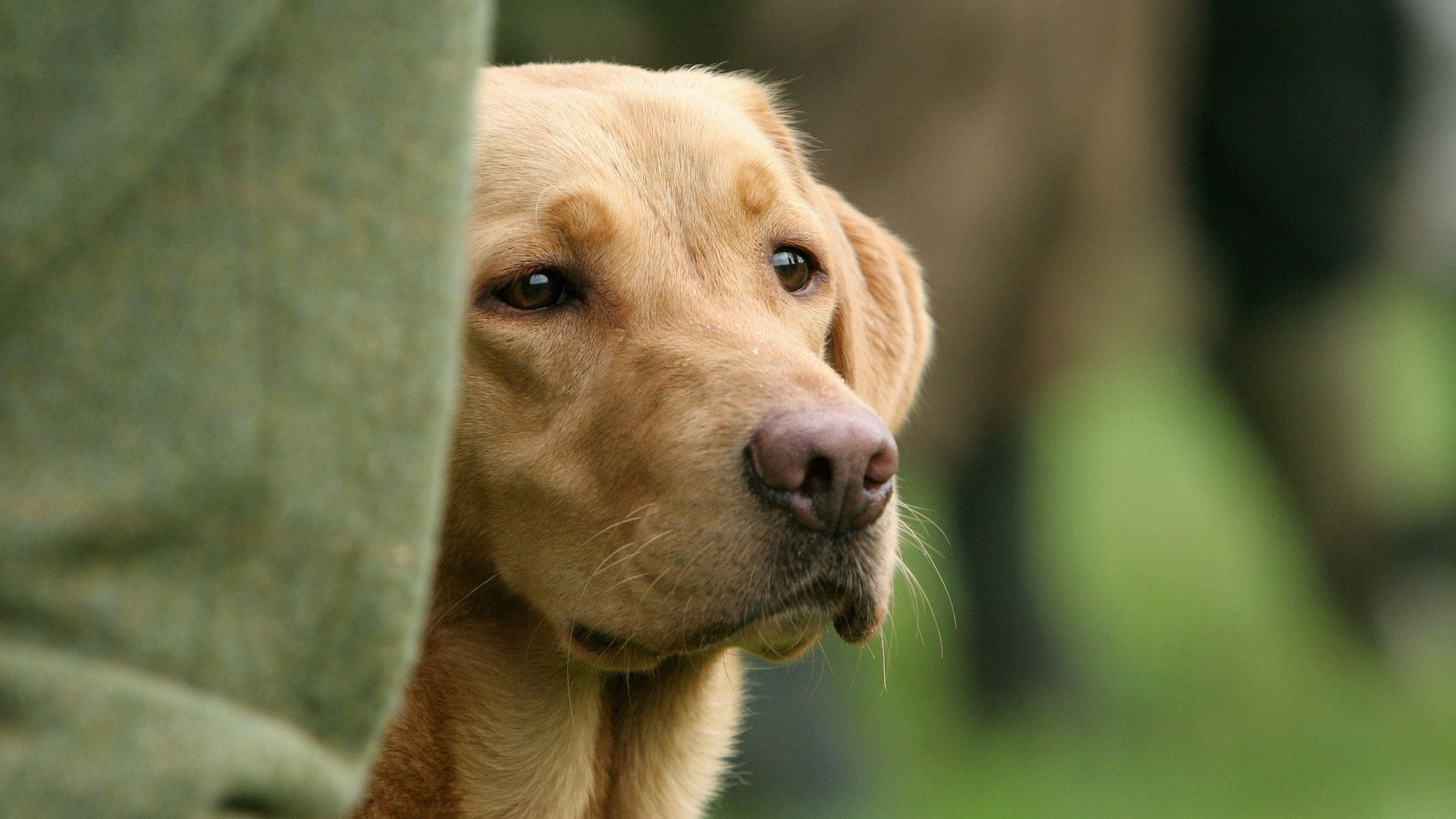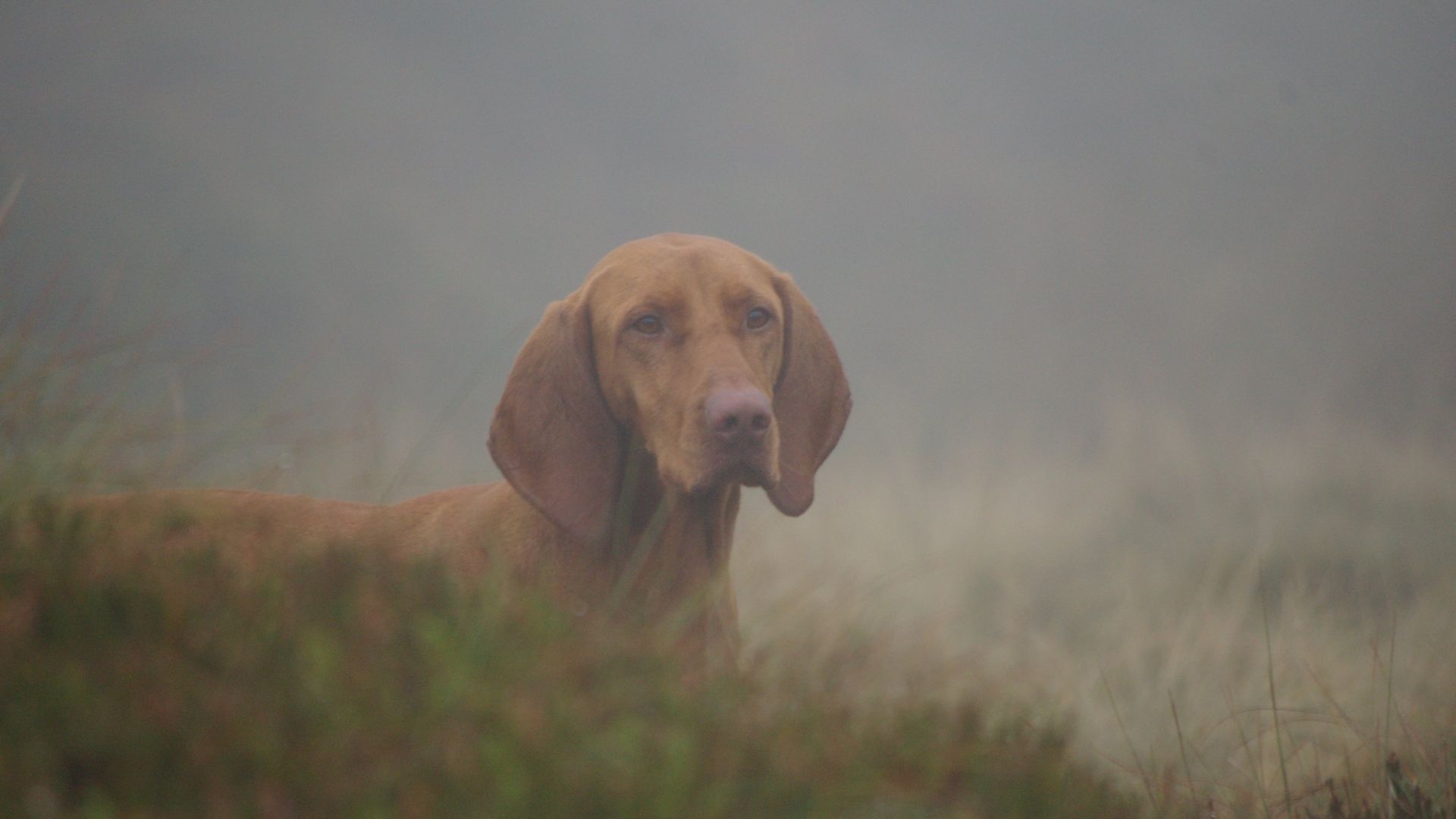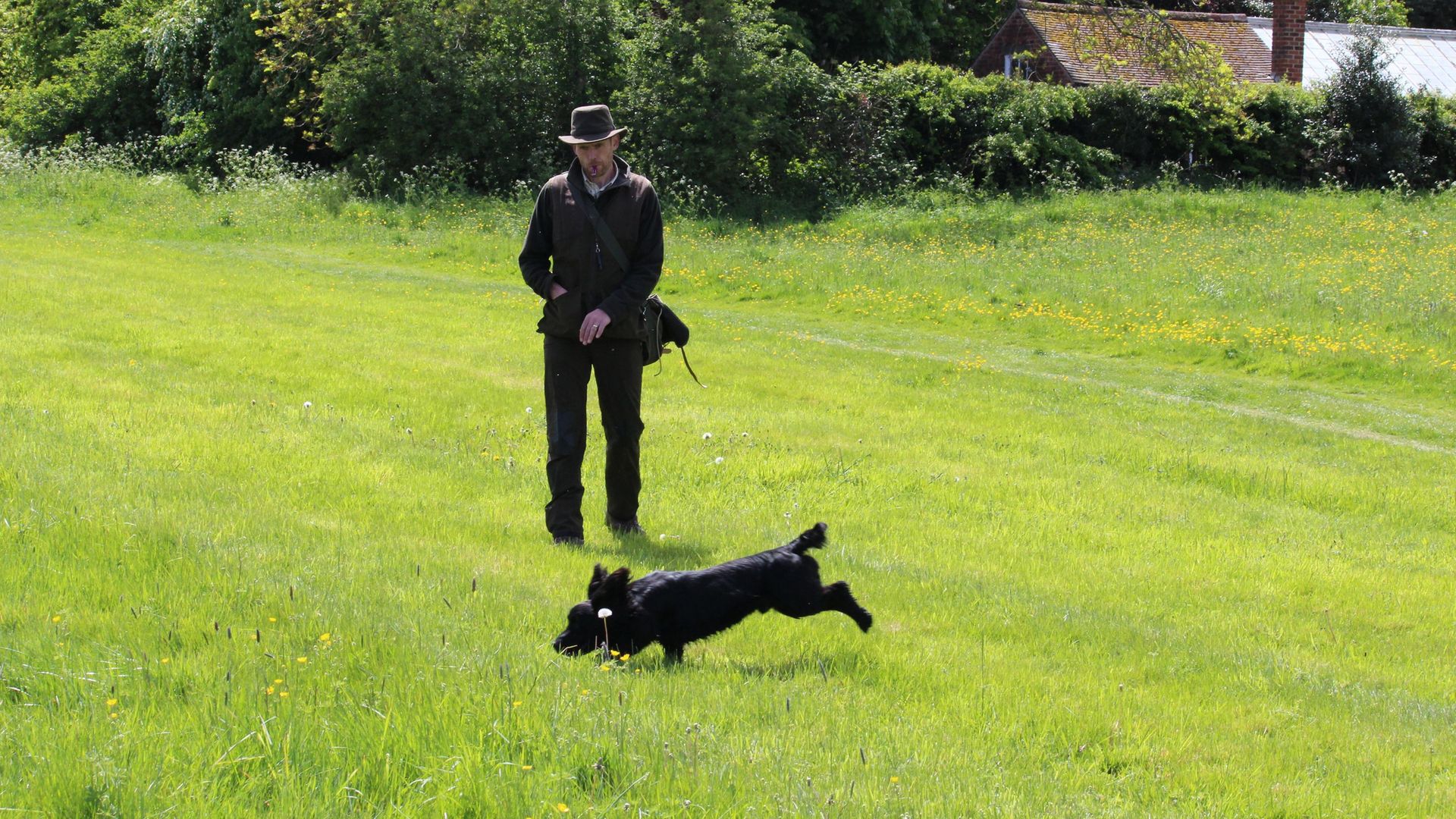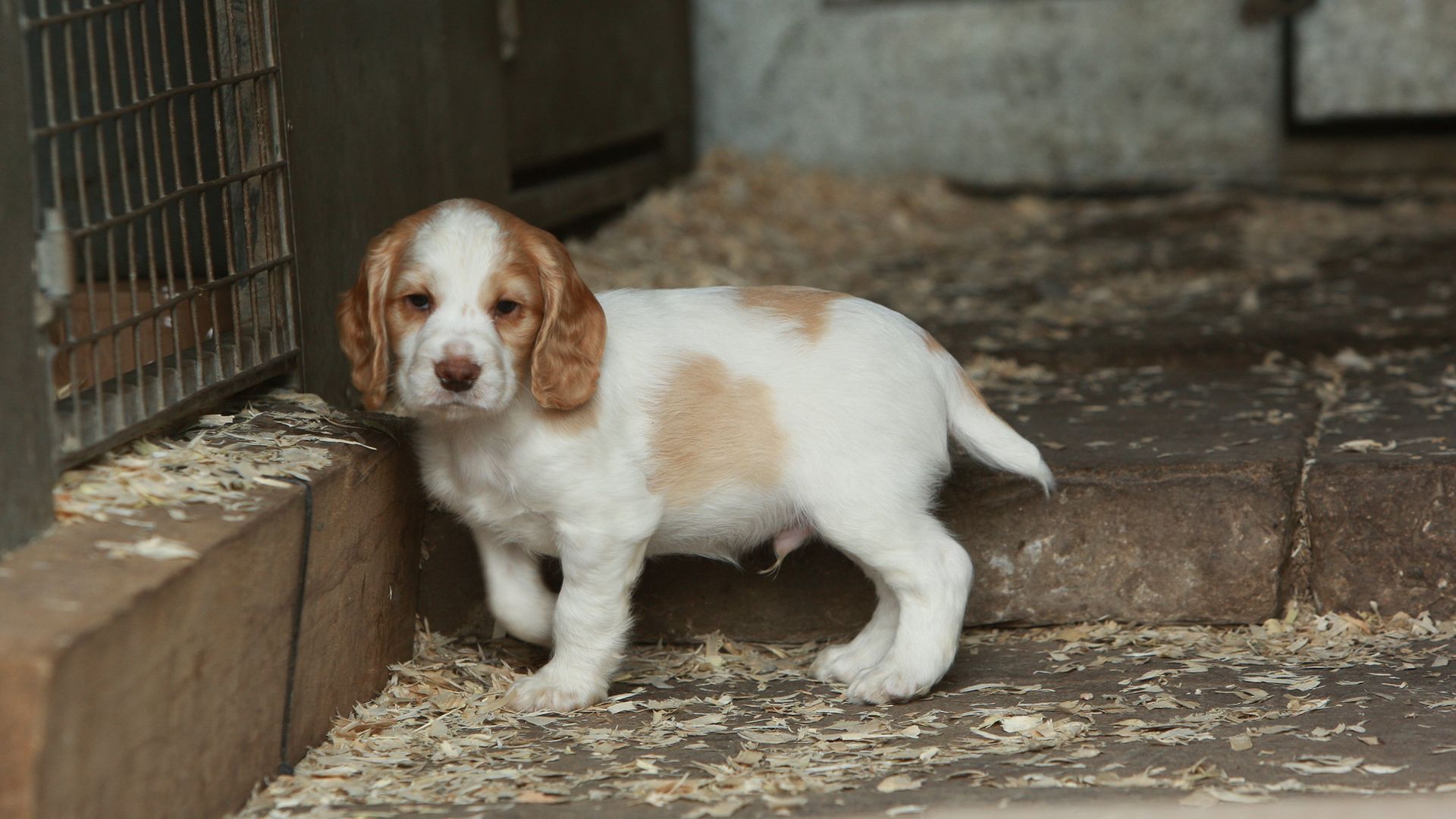Gundog genetics: Nature vs Nurture
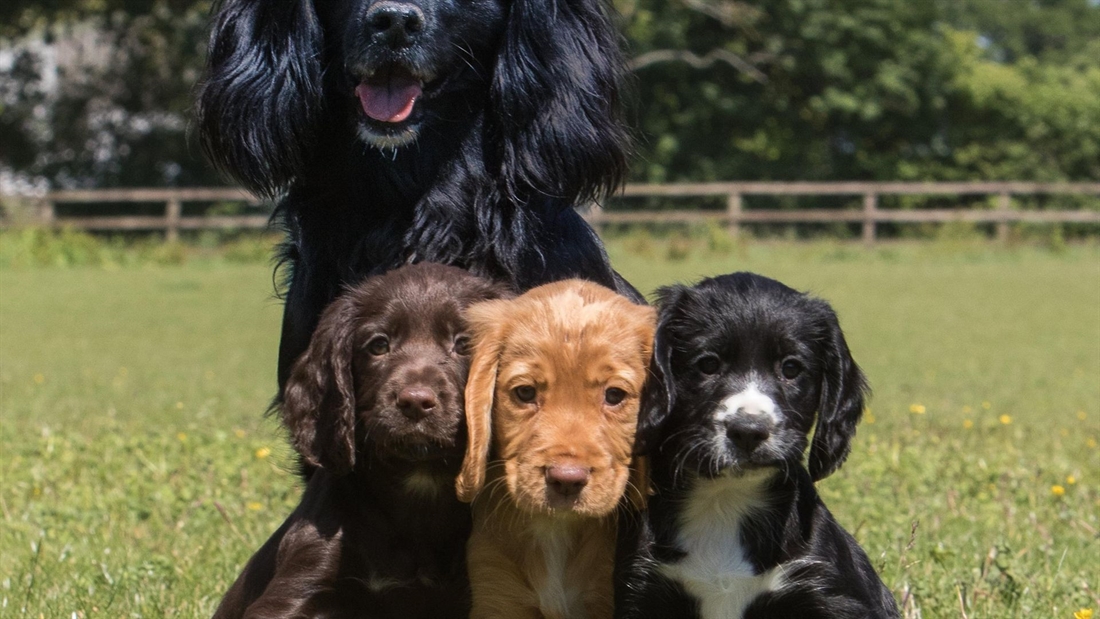
Can the way we train a dog influence its genetics and subsequent offspring? Believe it or not, it can, says Lily Kay as she dives into the subject of gundog genetics and the age-old nature vs nurture discussion
We all know that one of the most important things when choosing a puppy is to look at their breeding lines. A detailed pedigree can tell you so many essential things: their physical traits, their hunting potential, the colours they may carry etc. Without this information, you have a limited idea of what sort of dog you’ll end up with!
But it’s not just the breeding lines that will determine what kind of dog a puppy will grow up to be. Believe it or not, the way a dog is trained can potentially influence its genes and subsequently the genes of its progeny. Put another way, if you’re a good handler/trainer, you can possibly have an impact on the genes of a mediocre dog and make it a more talented one. That influence will then be passed on to its offspring. Over many generations, the taught traits become more cemented within the genes.
The idea of genes being actively shaped may sound a bit far-fetched, but it is entirely possible. And what’s more, if you understand how your input affects your dog’s genes, then it’s a great thing to take advantage of.
How does environment impact its “phenotype”, or behaviour?
Let’s start with environment. Your dog’s environment consists of all the external factors that affect a dog – the food they are fed, dogs they are surrounded by, and the way they are treated by people. Changing any of these will probably have an impact on a dog’s development.
A change in a dog’s environment can change what is known as its ‘phenotype’. This sounds pretty fancy but it’s really just the observable characteristics of your dog – how they behave and what they look like (i.e. the genes we can physically see). If, for example, a young dog was attacked by another dog, it may become more visibly nervous; its behaviour, and hence its phenotype, has changed. This is also evident when it comes to training your dog; hopefully, the more training you do, the greater chance you’ll see positive changes in their behaviour changing their phenotype again.
Another example of a negative impact on a dog’s phenotype is if they suffered an illness or trauma at a young age; in this case it is much more likely for the dog to develop separation anxiety later in life. We certainly saw this in our rescue Weimaraner we had for 14 years. Weimaraners are genetically predisposed to having separation anxiety and her early life experiences ensured this gene was expressed.
Making a consistent effort throughout your dog’s life to minimise stress, to feed quality food and provide them with the correct exercise is going to put your dog at a genetic advantage later in life – just like in humans.
It goes without saying – look after your dog well and you’ll have a happier, healthier one. But you can even go a step further. The choices you make for your current dog can have a much greater long-term effect than you would initially think, especially if you’re choosing to breed from that dog and keep some of its offspring. You have the power to influence your dog’s genes and this can be inherited by the next generations.
How does environment impact on gundog DNA?
DNA is made up of long strands of code for specific genes. The contents of the code is called the ‘genotype’. Remember that a dog’s phenotype is all the genes we can see, whereas a dog’s genotype is just all of the genes a dog has – the contents of the code.
The contents of your dog’s DNA cannot be altered by your dog’s environment, but the genes can be switched on and off as a result of the environment. Therefore, you can change your dog’s phenotype but not its genotype. Think of it like a Labrador that has the desire to retrieve in its genetic make-up; we have the choice to exploit that retrieving gene. If it wasn’t ever given the chance to retrieve anything, then the gene will be less likely to be expressed.
I’m going to introduce epigenetics at this point, but don’t worry, I don’t want to bore you with fancy words, I just want to explain the sciences as simply as possible. Epigenetics is defined as heritable changes in the function of a gene without changes to the DNA sequence itself. In layman’s terms, epigenetics is the DNA of a dog – it stays the same but we, as owners, can influence whether or not a dog uses that DNA. No matter your dog’s lifestyle, their genetic code/ genotype will remain unaltered, but we can change the epigenome by changing environmental factors.
The DNA sequence within every single one of your dog’s cells will not be changed by these factors. However, the DNA strands are wrapped around molecules called ‘histones’ to keep them stable and fix them into position. Kind of like if you had a grape vine (a DNA strand) growing up a wall, you would use a staple (a histone) to fix it into place against the wall. The DNA-histone complex forms these epigenomes. If the DNA is wound tightly around the histones, the gene that the DNA codes for is switched off as the DNA code can’t be read. However, if the DNA is loosely wound around the histones, the gene that piece of DNA codes for can be switched on as it is easy to read the code.
Returning to the grape vine analogy, if the vine is really tightly wound around the staples in some places, the grapes have no place to grow so will not be produced in those particular areas. Whereas, if the vines are loosely wrapped around the staples, there’s plenty of room for the grapes to grow. The analogy doesn’t really work as well here but you get the gist….hopefully!
What does this all mean for you, the trainer?
Let’s come back to your impact on the epigenome. Certain lifestyle choices you make for your dog can affect the epigenome as they add little chemical ‘tags’ onto the DNA or the histones. Adding these epigenetic tags can either make the DNA less tightly wound or more tightly wound – and we know that this influences how well the code can be read, and whether the gene will be switched on.
This means you can change how your dog’s genes are expressed. This is possible in very simple ways such as the food they are consuming. How nutrients can affect the genome is called nutrigenomics and, according to Hill’s pet food, “different ingredients and nutrients have the ability to influence a gene’s activity or expression and can even change how genetic disease manifests”. This means that making sure you do your research and find a good-quality food can reduce the risk of your pet developing diseases they may be genetically predisposed to.
But for me, the most exciting bit is that epigenetics can be heritable changes in gene function. It’s important to note that this doesn’t happen with every epigenetic change, but some are passed on. So, your dog has been shaped by their ancestor’s environment, not just their DNA, and your dog’s environment has the potential to shape their offspring’s lives. Just let that sink in!
This obviously doesn’t just apply to dogs. In one study published in the European Journal of Human Genetics, it was discovered that men who had gone through childhoods where there was plentiful food produced grandsons who were more likely to develop heart disease and diabetes from over-eating. This is known as transgenerational epigenetics.
I was telling my dad all about epigenetics in the car and he actually listened to what I was saying for once because he started linking it to learnt behaviour in dogs. We know that dogs will repeat behaviours that were successful in the past – that is how a great deal of training works. Obviously, in Labradors for example, the instinct to retrieve is in their DNA. However, my dad mentioned that many of the Labrador puppies he has trained already had an instinctual desire to heel on the left-hand side – how could that be in their DNA?
According to Quanta Magazine, “researchers have found evidence that even some learned behaviours and physiological responses can be epigenetically inherited”. The researchers seemed less certain on how this actually occurs, but the fact of the matter is that training your dog thoroughly and correctly can improve the gene-line of your dogs.
Looking at the environment of your dog’s ancestors can tell you quite a bit about your own dog. For example, there’s one particular line of cockers where the breeder has an in-house population of excellent working stock. However, none of the dogs are ever house trained, so just mess their kennel from a young age. Because this has gone on for generations, it is much harder to successfully house train a puppy from this breeder than it is a puppy from other lines.
Whether you think this is of significance or not, a little knowledge of genetics can improve not only your dog’s wellbeing but their offspring’s wellbeing too. I just think that’s pretty cool.
ABOUT LILY
Lily is the daughter of our gundog contributor, Ryan Kay, and has been working with dogs all her life. She has competed in working tests and she also picks up on her local shoot. She has recently completed A-Levels in Biology, Chemistry and Physics and plans to study Veterinary Medicine. She has a particularly keen interest in genetics.




